Table of Contents
ToggleThe Mediterranean Jewel of the Balearic Islands
Palma de Mallorca, the radiant capital of Spain’s Balearic Islands, is a destination that captures the essence of the Mediterranean — a perfect harmony of sun, sea, history, and sophistication. With its golden beaches, Gothic architecture, and cosmopolitan charm, Palma is not merely a resort city — it’s a living canvas of cultures layered through centuries.
Every corner of Palma tells a story: from the echo of Moorish courtyards to the grandeur of its Gothic cathedral rising above the bay. It’s a place where tradition meets modernity, where the hum of the sea mingles with the rhythm of Spanish life, and where every sunset paints the harbor in gold
A City Steeped in History
Palma’s history stretches back over 2,000 years. Founded by the Romans in 123 BCE as “Palmaria,” the city evolved under diverse influences: the Byzantines, Moors, and later the Catalans after the Reconquista. Each era left its mark — in the arches, towers, and narrow alleys that define the city’s old quarter (Casco Antiguo).
During Moorish rule, Palma flourished as a port city under the name Medina Mayurqa, becoming a center for trade and craftsmanship. When King James I of Aragon conquered Mallorca in 1229, he transformed Palma into a Christian stronghold, commissioning monumental buildings and reorganizing the city into the vibrant heart of the Balearics that it remains today
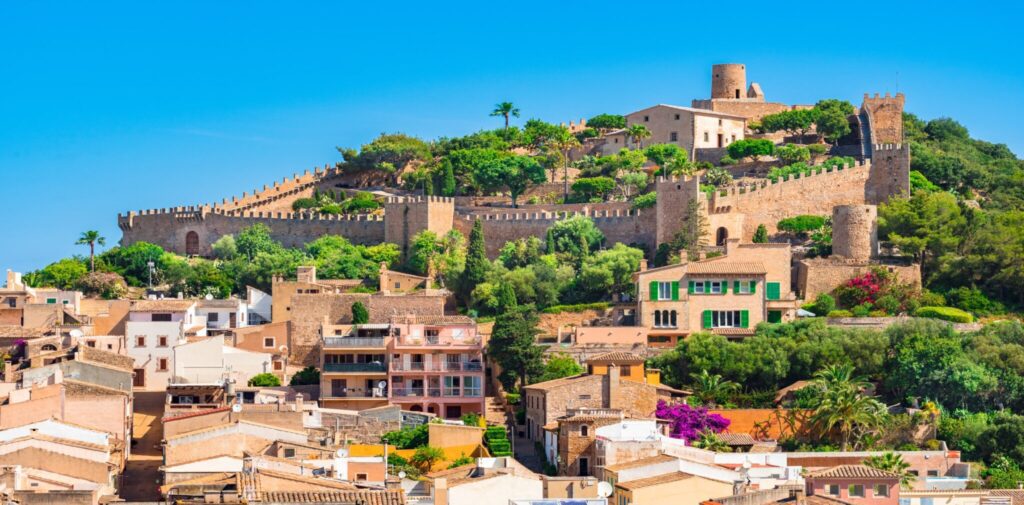
La Seu: The Cathedral that Touches the Sky
No landmark defines Palma more than La Seu, its breathtaking Gothic cathedral overlooking the sea. Construction began in 1229 and spanned nearly 400 years — resulting in one of Europe’s most stunning cathedrals.
Its vast rose window, known as the “Eye of the Gothic,” floods the interior with kaleidoscopic light. Inside, Antoni Gaudí himself contributed to its restoration in the early 20th century, blending Gothic grandeur with Modernist spirit. From the terrace, visitors can enjoy panoramic views of Palma’s harbor — a scene that captures both the city’s past and its ever-renewing energy
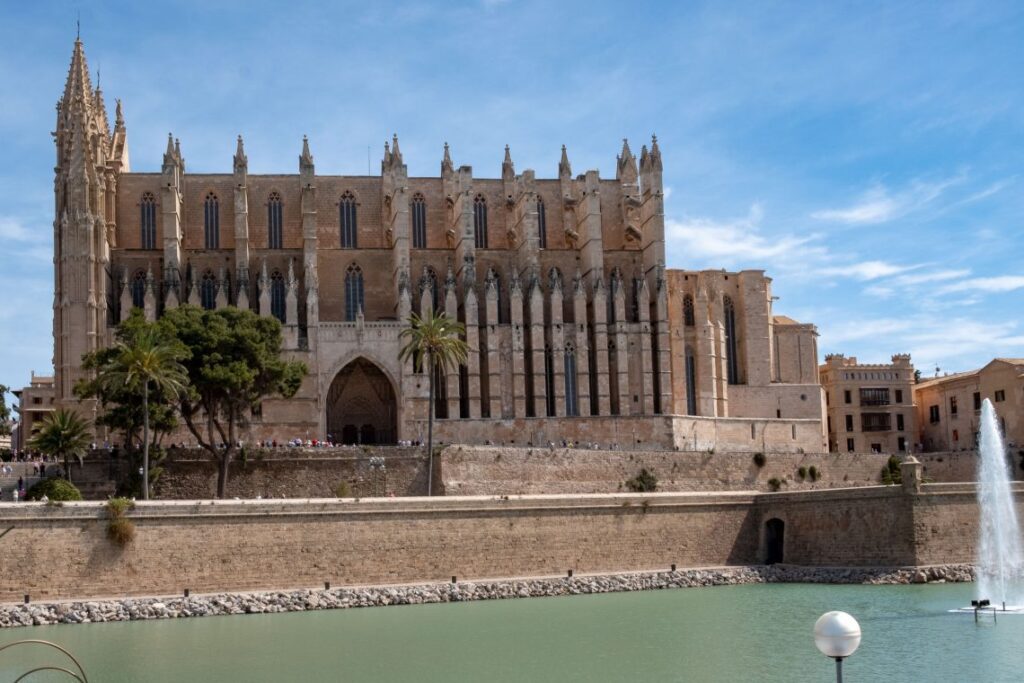
The Royal Palace of La Almudaina
Just beside the cathedral lies the Palau de l’Almudaina, a royal residence that beautifully fuses Moorish and Gothic styles. Originally an Islamic fortress, it was transformed by the Aragonese kings into a symbol of regal power. Today, it still serves as an official residence for Spain’s royal family during state visits, while welcoming travelers to explore its ornate halls, tapestries, and sea-facing courtyards
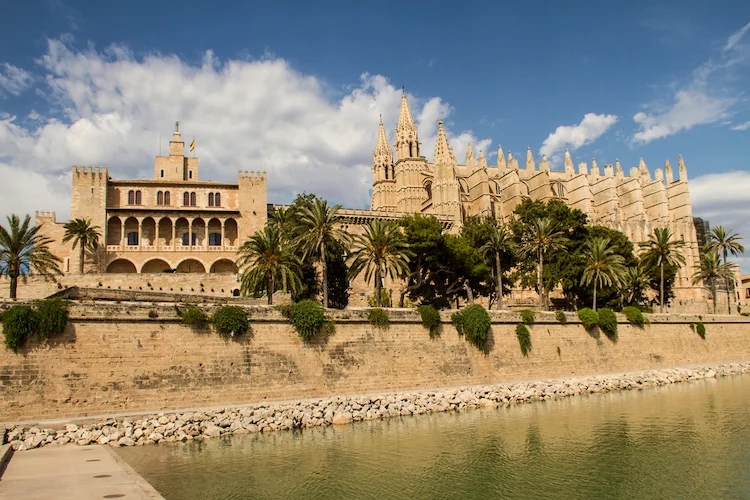
Exploring the Old Town: A Living Museum
Palma’s old town is a labyrinth of narrow streets, shaded patios, and hidden squares — a masterpiece of Mediterranean urban design. Wandering through Casco Antiguo feels like stepping into a different era: stone balconies draped with flowers, iron-laced windows, and centuries-old churches.
Among the must-sees:
Basilica de Sant Francesc, a serene Gothic church with a peaceful cloister.
Arab Baths (Baños Árabes) — the only remaining Moorish structure in the city, a tranquil relic of Palma’s Islamic era.
Plaça Major, the beating heart of the city, where cafés spill into the streets and local artisans sell crafts beneath golden arcades
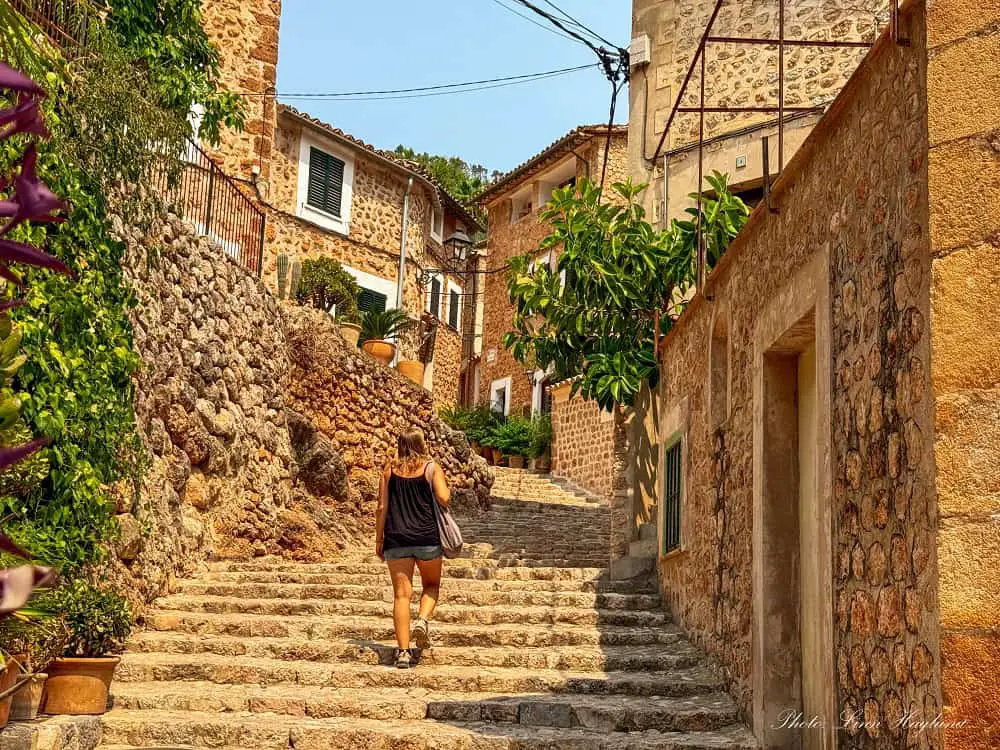
The Waterfront and Marina: Palma’s Modern Pulse
Beyond its historical charm, Palma thrives as a modern Mediterranean capital. Its harbor is one of Europe’s most elegant marinas — lined with luxury yachts, sailing boats, and seaside promenades perfect for sunset strolls.
Along the Paseo Marítimo, palm trees sway over lively terraces and seafood restaurants. The city’s nightlife hums here too — chic bars, music lounges, and open-air clubs where locals and travelers blend effortlessly into the Mallorcan rhythm
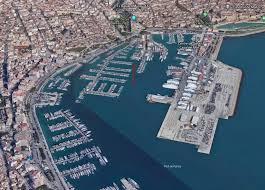
Art, Culture, and Architecture
Palma’s creative energy is palpable. The city has become a hub for art lovers and architects alike.
Es Baluard Museum of Modern and Contemporary Art displays works by Miró, Picasso, and local Mallorcan artists in a stunning sea-facing fortress.
Fundació Pilar i Joan Miró, located in Miró’s former studio, offers an intimate glimpse into the artist’s world.
Throughout the city, modern galleries coexist with centuries-old buildings, reflecting Palma’s balance between heritage and innovation
Palma’s Culinary Scene: A Taste of the Islands
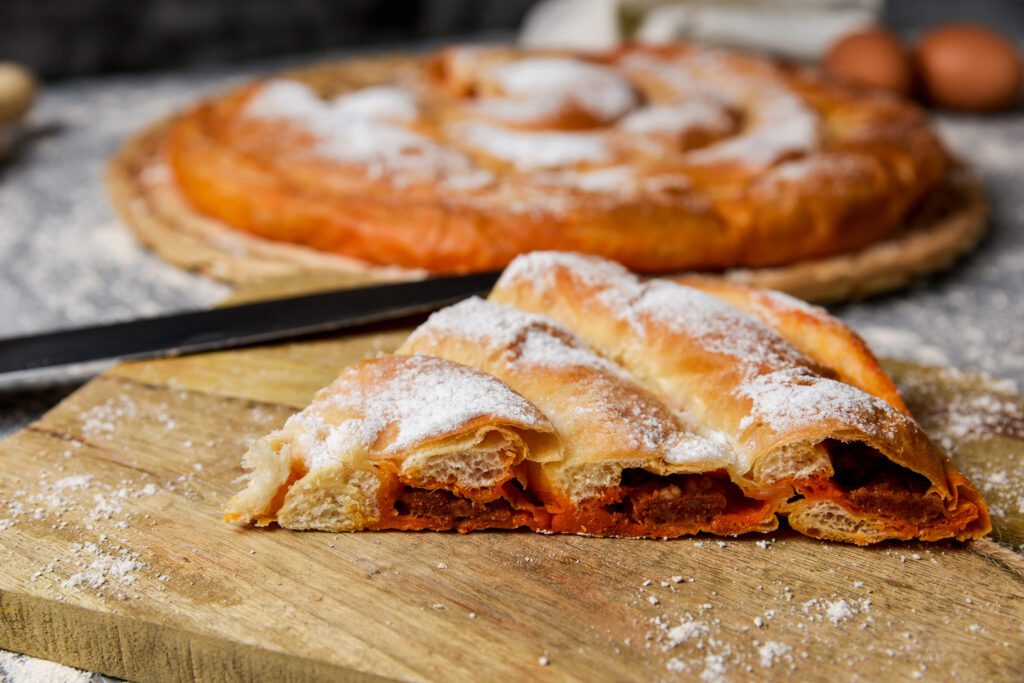
Palma is a paradise for food lovers. Its gastronomy blends Mediterranean freshness with Mallorcan authenticity.
Don’t miss:
Ensaimada — the island’s signature spiral pastry dusted with sugar.
Sobrasada — a soft, spicy cured sausage unique to Mallorca.
Pa amb oli — rustic bread rubbed with tomato and olive oil, often topped with local cheese or ham.
Fresh seafood dishes, like grilled sea bass and octopus, reflect Palma’s maritime heritage.
For a true gourmet experience, visit the Mercat de l’Olivar, a vibrant food market offering the island’s best produce, cheeses, and wines. In the evening, Palma’s fine-dining scene rivals Spain’s top culinary cities, blending creativity with tradition.
Beaches and Natural Escapes
Palma is blessed with endless coastal beauty. Just minutes from the city center, you can bask in turquoise waters at Cala Major or Can Pere Antoni. For a more secluded escape, explore nearby coves like Cala Deià or Portals Vells, where cliffs and pine forests meet crystal-clear seas.
Nature lovers can also venture inland to the Serra de Tramuntana, a UNESCO World Heritage mountain range that offers breathtaking hikes, cycling routes, and views across the island
Festivals and Local Life
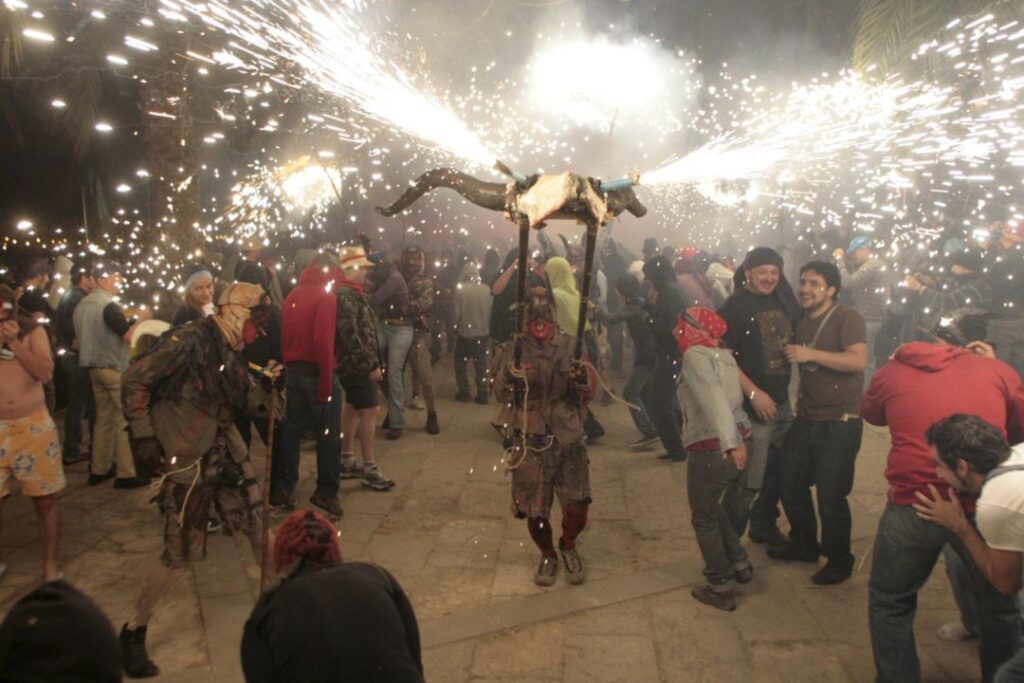
Palma’s calendar is filled with vibrant festivals celebrating its culture and faith:
Sant Sebastià (January): The city’s patron saint festival, marked by concerts, fireworks, and open-air grilling.
Semana Santa (Holy Week): Traditional processions through the old town.
Nit de Foc (Night of Fire): A summer spectacle of bonfires, music, and fireworks by the sea.
These celebrations showcase Palma’s warm spirit — joyful, communal, and deeply proud of its roots
🔹 Uncover all the secrets of Spain’s cities – view the main guide here.
Conclusion: Palma Beyond Paradise
Palma de Mallorca is far more than a sunny getaway. It’s a city where history whispers through stone walls, where art and architecture intertwine, and where the sea is both mirror and muse.
To wander its streets is to feel the Mediterranean at its most authentic — ancient yet modern, vibrant yet serene. Whether you’re drawn by culture, cuisine, or coastal beauty, Palma rewards every traveler with something lasting: a feeling of belonging to its sunlit soul.


